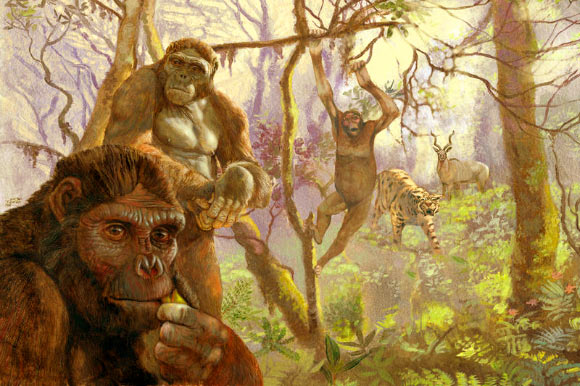Now Reading: Study Uncovers Role of Pelvic Evolution in Human Ancestors’ Upright Walking
-
01
Study Uncovers Role of Pelvic Evolution in Human Ancestors’ Upright Walking
Study Uncovers Role of Pelvic Evolution in Human Ancestors’ Upright Walking

Quick Summary
- evolutionary Insights: A new study led by Harvard professor Terence Capellini reveals two key genetic changes that shaped the human pelvis, enabling bipedal locomotion.
- pelvis transformation: Major shifts include a 90-degree reorientation of the iliac growth plate and delayed ossification during embryonic advancement. These transformations created broader hipbones suited for upright walking.
- Genetic Drivers:
– Genes SOX9, PTH1R (affecting growth plate orientation) and RUNX2 (impacting ossification timeline) were identified as pivotal in reshaping the pelvis.
– Mutations in these genes cause skeletal disorders like Campomelic Dysplasia, underscoring their importance.
- Timeline of Changes:
– Pelvic adaptations began around 5-8 million years ago when hominins diverged from African apes.- Further modification occurred within the last 2 million years to balance locomotion efficiency with childbirth needs due to larger brains (“obstetrical dilemma”).
- Fossil Evidence:
– Early changes are visible in fossils such as Ardipithecus ramidus (~4.4M years old) and Australopithecus afarensis (“Lucy,” ~3.2 M years old), showing gradual evolution toward bipedal traits.
Indian Opinion Analysis
This study sheds light on not only human evolutionary biology but also broader questions about adaptation under environmental pressures. Though unrelated directly to India’s anthropological record, research like this highlights the global underpinnings behind understanding human ancestry-a foundation applicable across nations nonetheless of borders or cultures.
For India specifically-home to sites documenting humanity’s early footprints-the findings could complement paleoanthropological studies conducted within its borders, perhaps enriching our grasp on how local environments shaped ancient populations’ evolutionary journey. Furthermore, exploring genetic factors helps inform medical science globally, adding value for diagnosing developmental disorders seen in diverse communities worldwide.
Understanding evolution reinforces interdisciplinary collaboration across genetics, archaeology, and anthropology-all vital fields for advancing public knowledge rooted in science over speculation.Read more
























